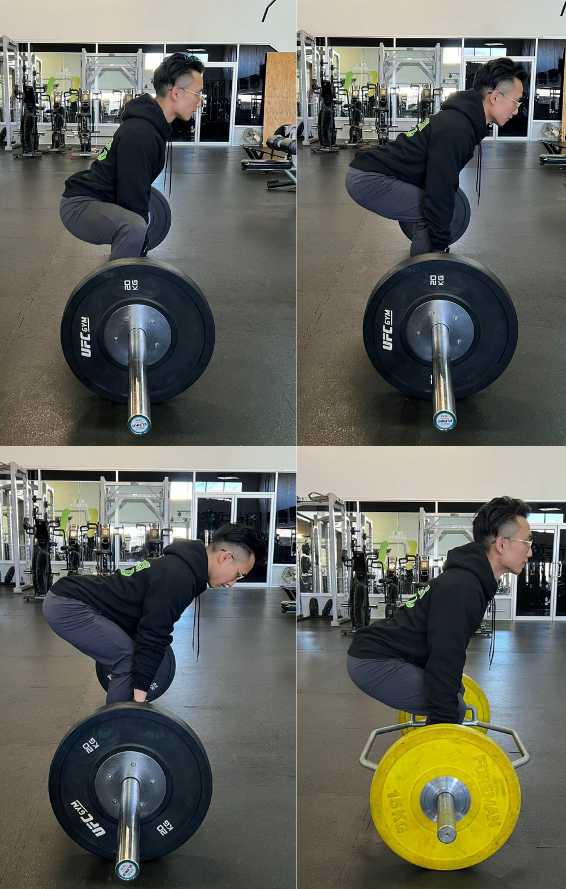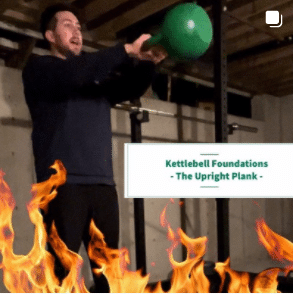
Traditionally most strength, power and endurance work is usually met with performing weightlifting or powerlifting exercises, such as bench press, deadlifts and squats. As health professionals we have all integrated these exercises at some point or another into our clients/patients workout regime. However, at times lack of equipment, time for teaching technique and confidence of the individual are not sufficient to gain progress. It’s in cases such as these that the kettlebell may be of great use.
Kettlebell exercises have become significantly more popular within the fitness industry. For those of you who do not know what a kettlebell is, it is essentially a weight that resembles a ball with a handle and can be used for gaining various outcomes. So here are the top reasons to learn about and incorporate kettlebell exercises:
- Kettlebells can help individuals achieve gains in strength, power, and endurance – because the design of the kettlebell allows its centre of mass to extend beyond the hand, it causes full body ballistic movements which are similar to movements found in the snatch and clean and jerk in weightlifting. Along with this, ballistic type movements have been reported to increase maximal power output and increase the rate of force development which may help explain the transference to strength and power. In English that means “the gains.”
- Kettlebells can use all planes and be progressed – exercises can involve swings, lifts, and presses, but unlike weightlifting or powerlifting, kettlebell training can be performed bilaterally and unilaterally in all planes of motion. As well, kettlebells come in various weights and exercises can be progressed from simple full body movements to exercises that are unilateral or more complex such as those that involve rotation. I.e. it’s a great way to gain some mobility into areas you don’t normally use.
- Kettlebells are easier to store – they are smaller and require less physical space. They are also more accessible and at times less intimidating than barbells and weight plates.
- Kettlebells can be used for rehabilitation – most recently an examination of back, and hip muscle activation, motion and low back loads during kettlebell exercise was conducted and they found that progressive loading allowed the posterior chain to become more active and helped alleviate back pain in individuals with chronic low back pain. Additionally, another study found that there were significant reductions in neck, shoulder, and low back pain when compared to an inactive control group.
- Kettlebells build aerobic capacity (i.e. cardio) – a study found that athletes who used a high-intensity intermittent training program increased their aerobic capacity in a short amount of time. This can be explained by the use of large muscle groups as well as the rapid and rhythmic contractions that are created by the kettlebell’s architecture. The handle being distal to the center of mass provides a longer lever arm where the center of mass is not fixed, meaning you work harder to control the motion.
- Kettlebells can help seniors – older populations training with kettlebells over a prolonged period have been found to develop new neuromuscular patterns resulting in more efficient and precise afferent and efferent signals used to control the weight. New patterning in the brain means a reduced risk for dementia and Alzheimer’s disease.

The benefits to learning about kettlebells and incorporating them are numerous just be sure to seek out a health professional to find out if they are right for you and to learn proper technique. Remember tools are only useful if we know how to use them properly.
Tags:
Related Posts
We’re here to help you!
Questions, comments or want to register? Fill out the form below and we will contact you shortly. Thanks!
"*" indicates required fields



